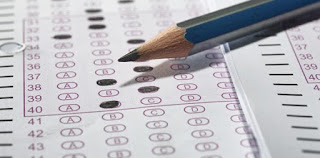A 71-year-old woman with a past medical history of poorly controlled diabetes and coronary artery disease presents to the hospital with chest pain, diaphoresis, and hypotension. He is found to have anterolateral ST-elevation myocardial infarction (STEMI). Emergent percutaneous coronary intervention (PCI) is performed and Impella 2.5 is placed in the cath lab due to cardiogenic shock. 2 hours later, her urine noticed to be bloody in the urine bag. Which of the following indices is most likely to be elevated in this patient?
A. Hematocrit
B. Haptoglobin
C. Chloride
D. HCO3
Click the button below to view answer:
A. Hematocrit
B. Haptoglobin
C. Chloride
D. HCO3
Click the button below to view answer:

Comments
Post a Comment
Drop your thoughts here, we would love to hear from you